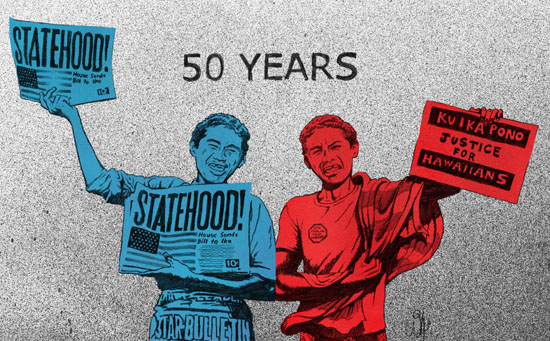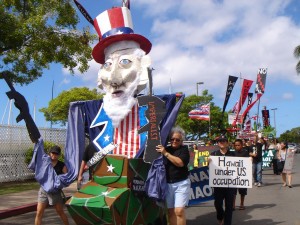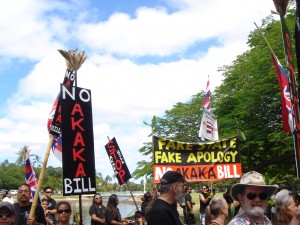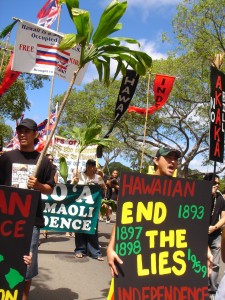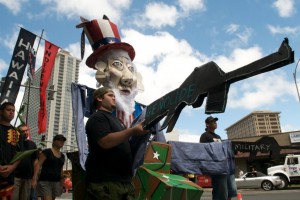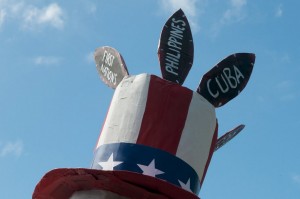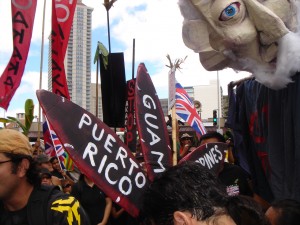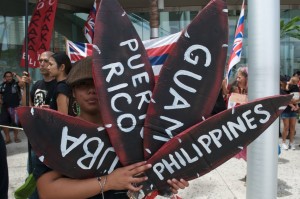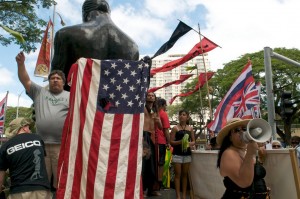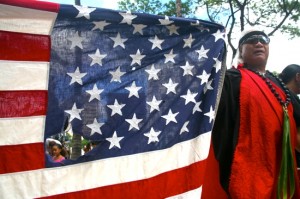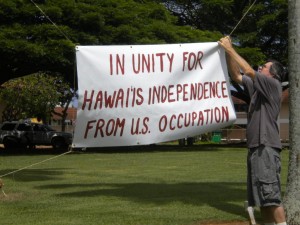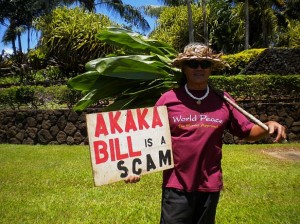Around the Globe, US Military Bases Generate Resentment, Not Security
Writing on the Nation blog, Katrina vanden Heuvel zeroes in on the social and financial costs of U.S. foreign military bases:
This is an issue that demands a hard look not only in Afghanistan and Iraq, but around the globe—where the US has a veritable empire of bases.
According to the Pentagon, there are approximately 865 US military bases abroad—over 1,000 if new bases in Iraq and Afghanistan are included. The cost? $102 billion annually—and that doesn’t include the costs of the Iraq and Afghanistan bases.
In a must-read article in the Bulletin of the Atomic Sciences, anthropologist Hugh Gusterson points out that these bases “constitute 95 percent of all the military bases any country in the world maintains on any other country’s territory.” He notes a “bloated and anachronistic” Cold War-tilt toward Europe, including 227 bases in Germany.
Institute for Policy Studies (IPS) fellow Phyllis Bennis says that the Pentagon and military have been brilliant at spreading military production across virtually every Congressional district so that even the most anti-war members of Congress are reluctant to challenge big Defense projects.
“But there’s really no significant constituency for overseas bases because they don’t bring much money in a concentrated way,” says Bennis. “So in theory it should be easier to mobilize to close them.” What is new and heartening, according to Bennis, is that “there are now people in countries everywhere that are challenging the US bases and that’s a huge development.”
[…}
IPS has worked diligently not only with allies abroad but also in the US to promote a more rational military posture with regard to bases. Other active groups include the American Friends Service Committee and the Fellowship of Reconciliation, the latter focusing on bases in Latin America.
In 2010, IPS mobilized congressional opposition to the building of a new base in Okinawa by working with groups in the US and in Japan. This campaign included the creation of a grassroots coalition of peace, environmental and Asian American groups called the Network for Okinawa, a full-page ad in the Washington Post, articles in various progressive media, and a series of congressional visits. (The East Asia-US-Puerto Rico Women’s Network Against Militarism also played a key role, linking anti-base movements in Okinawa, Guam, Puerto Rico and Hawaii.)
Yes, that’s right. U.S. bases in Hawai’i are foreign bases in an occupied country. As Thomas Naylor writes in Counterpunch “Why Hawai’i is Not a Legitimate State – What the Birthers Missed” (There’s a typo in the title of the original article.):
Notwithstanding a series of clever illegal moves by the U.S. government, Hawaii cannot be considered a legally bona fide state of the United States. In 1898 the United States unilaterally abrogated all of Hawaii’s existing treaties and purported to annex it on the basis of a Congressional resolution. Two years later the U.S. illegally established the so-called Territory of Hawaii on the basis of the spurious Organic Act. After a period of prolonged belligerent occupation by the U.S., Hawaii was placed under United Nations Charter, Article 73, as a “non-self-governing territory” under the administrative authority of the United States. Then in 1959 the U.S. falsely informed the U.N. that Hawaii had become the 50th state of the United States after an illegal plebiscite. Among those allowed to vote in this invalid election were members of the U.S. military and their dependents stationed in Hawaii. In other words, Hawaii’s occupiers were permitted to vote on its future.
[…}
Hawaii became an alleged state of the United States as a result of a foreign policy based on full spectrum dominance and imperial overstretch – the same foreign policy employed by Obama over a century later in places like Afghanistan, Iraq, Libya, Pakistan, and Palestine.

